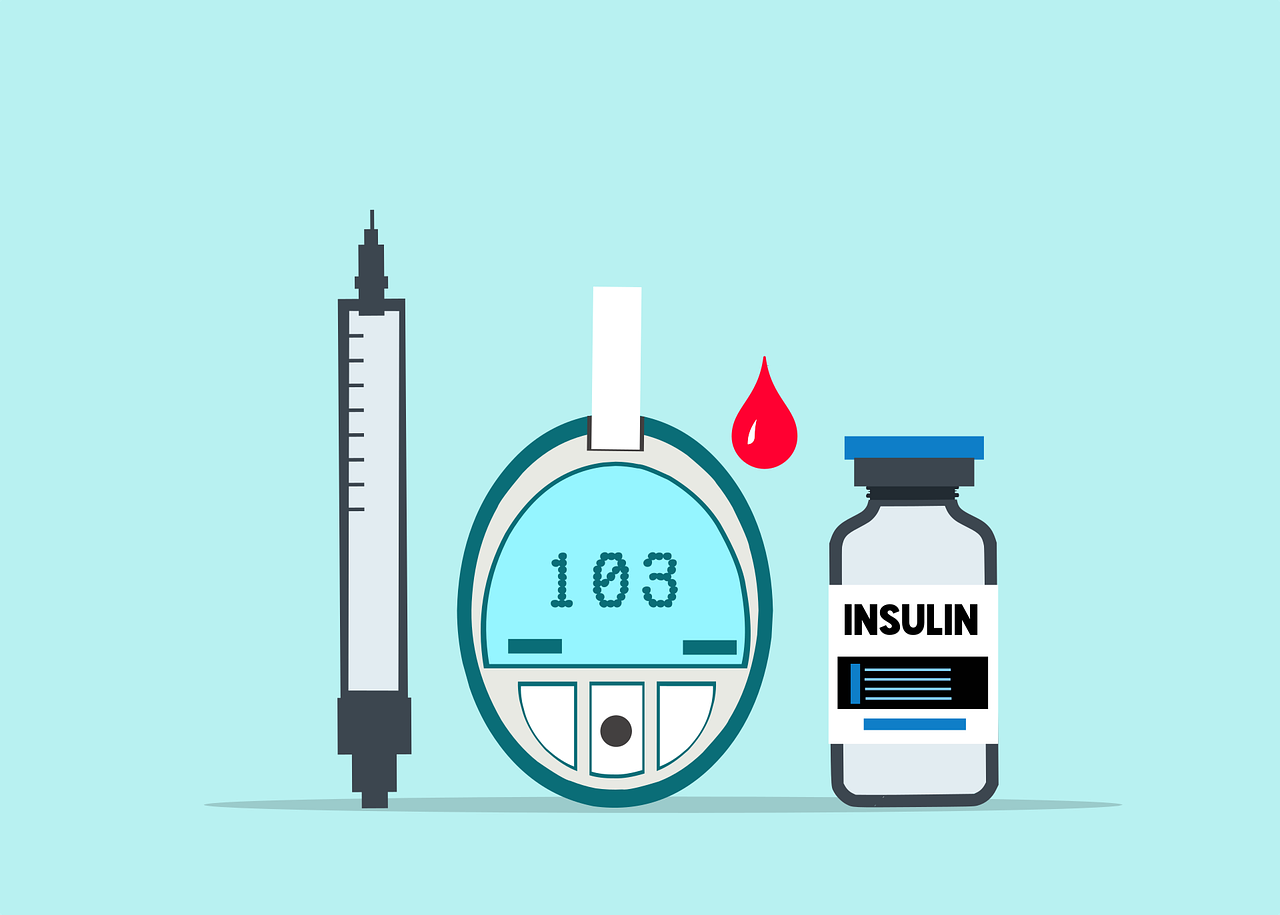
Living with diabetes means paying close attention to what you eat, including the fruits you consume. While fruits are packed with essential vitamins and minerals, their sugar content can be a concern. So, how do you choose the right fruits? Let’s dive in! 🏊♀️
🍒 Understanding the Relationship Between Fruits and Diabetes
Fruits are generally known for their health benefits, thanks to their high antioxidant, vitamin, mineral, fiber, and phytochemical contents. However, their sugar content can affect glucose, lipid, and uric acid metabolism, which is a crucial consideration for diabetics. But don’t worry, not all fruits are created equal when it comes to diabetes. 🍏
Key Points:
- Fruits are rich in antioxidants, vitamins, minerals, fiber, and phytochemicals.
- The sugar content in fruits can affect glucose, lipid, and uric acid metabolism.
- Different fruits can have different effects on diabetes.
🍌 The Good, the Bad, and the Sugary: Fruits and Diabetes
Research suggests that the risk of Type 2 Diabetes can differ significantly among individual fruits. Fruits like blueberries, grapes, apples, pears, bananas, and grapefruits have been associated with a lower risk of Type 2 Diabetes. On the other hand, certain fruits like cantaloupe may increase the risk. So, it’s all about making smart choices. 🍓
Key Points:
- Blueberries, grapes, apples, pears, bananas, and grapefruits are associated with a lower risk of Type 2 Diabetes.
- Cantaloupe may increase the risk of Type 2 Diabetes.
- The effect of fruits on diabetes can vary significantly.
🍹 Fruit Juice: A Sweet Trap?
While fruit juice may seem like a healthy choice, it’s not always the best option for diabetics. Increased consumption of fruit juice, including sweetened fruit juice and 100% fruit juice, has been associated with a greater incidence of Type 2 Diabetes. So, it’s better to stick to whole fruits whenever possible. 🍊
Key Points:
- Increased consumption of fruit juice is associated with a greater incidence of Type 2 Diabetes.
- Whole fruits are generally a better choice than fruit juice for diabetics.
🍍 Glycemic Index and Glycemic Load: What’s the Deal?
The glycemic index (GI) and glycemic load (GL) of foods can affect blood sugar levels. While fruits have varying GI and GL values, the contribution of total fruit consumption to the whole dietary glycemic load is rather small. So, the type and amount of fruit you consume can be more important than just looking at GI or GL. 🍐
Key Points:
- The glycemic index and glycemic load of fruits can affect blood sugar levels.
- The type and amount of fruit consumed can be more important than just looking at GI or GL.
🍉 The 5 Worst Fruits for Diabetics
While it’s hard to label any fruit as “bad”, some fruits may be less ideal for diabetics due to their higher sugar content or glycemic index. Here are five fruits that diabetics might want to consume in moderation:
- Cantaloupe: This melon is high in sugar and has a high glycemic index.
- Pineapple: While delicious, pineapple is high in sugar and has a high glycemic index.
- Mango: This tropical fruit, while rich in vitamins, is also high in sugar.
- Cherries: Despite their small size, cherries are high in sugar.
- Grapes: Grapes, especially the red and green varieties, are high in sugar.
Remember, moderation is key! 🍇
🥝 Fruits for Sugar Control
Certain fruits can aid in sugar control due to their nutritional content and lower glycemic index. These include:
- Berries: Berries, including strawberries, blueberries, and raspberries, are low in sugar and high in fiber.
- Cherries: Despite being high in sugar, cherries have a low glycemic index.
- Peaches: Peaches are low in sugar and have a moderate glycemic index.
- Apricots: Fresh apricots are low in sugar and have a low glycemic index.
- Apples: Apples are high in fiber and have a low glycemic index.
- Oranges: Oranges are high in fiber and have a moderate glycemic index.
- Pears: Pears are high in fiber and have a low glycemic index.
- Plums: Plums are low in sugar and have a low glycemic index.
- Kiwis: Kiwis are low in sugar and have a low glycemic index.
- Guavas: Guavas are high in fiber and have a low glycemic index.
🎉 Conclusion
Choosing the right fruits can play a big role in managing diabetes. While fruits like blueberries, apples, and pears can be beneficial, others like cantaloupe might need to be eaten in moderation. And remember, it’s always best to get personalized advice from a healthcare provider or dietitian. So, here’s to making informed choices and enjoying the fruits of your knowledge! 🎊
Blog Tags: Diabetes, Fruits, Diet, Sugar Control, Glycemic Index, Glycemic Load, Health, Nutrition









